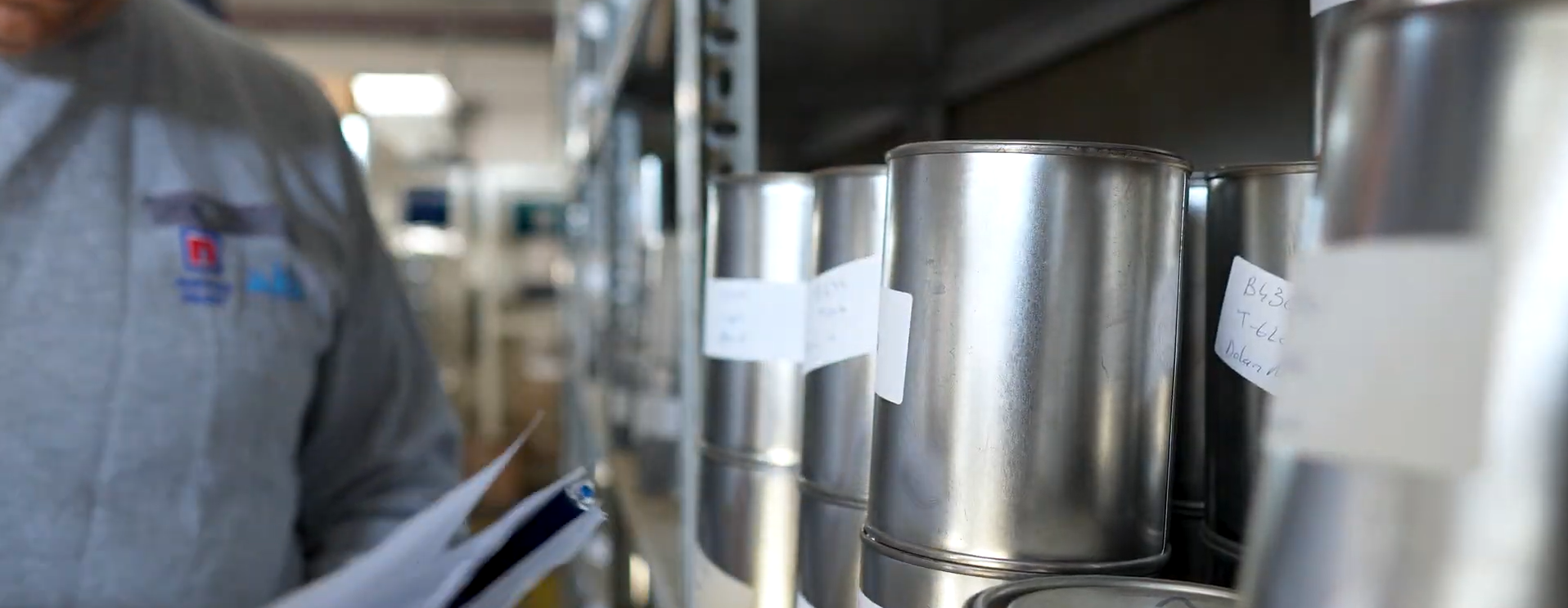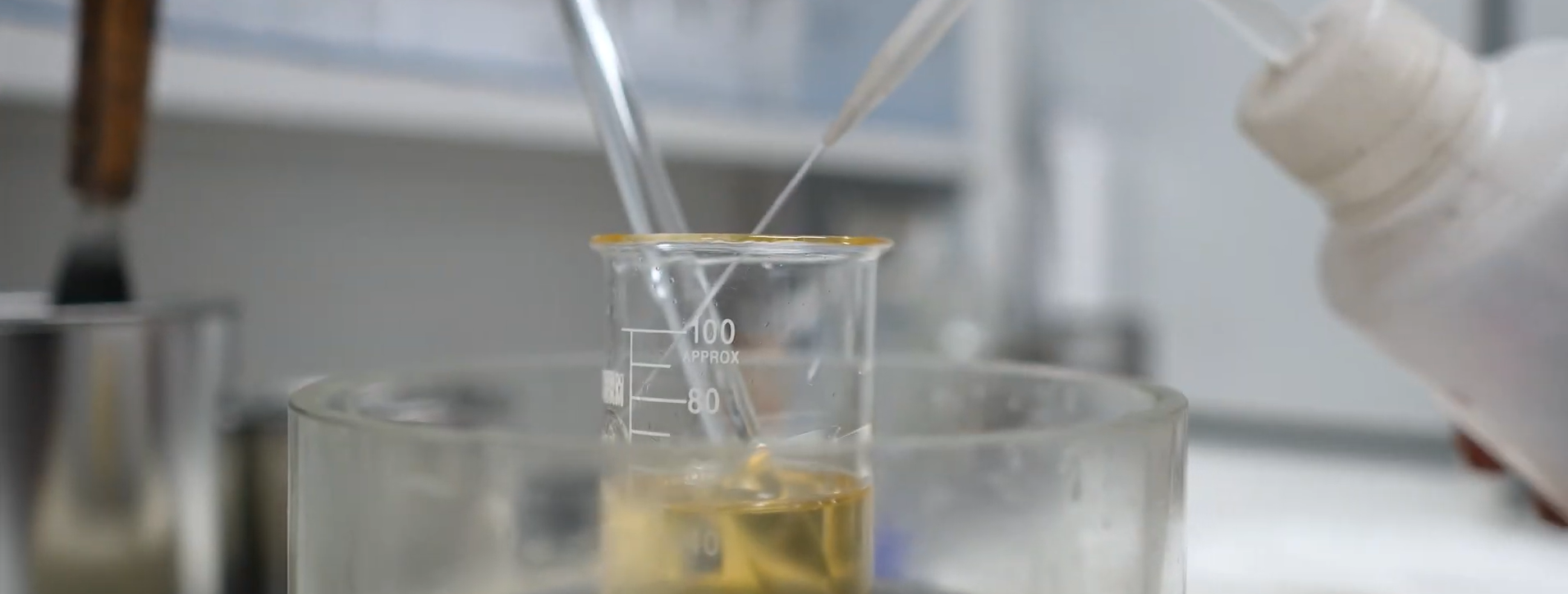
Paint has played a significant role throughout history, not only as an aesthetic element but also as a protective material. Used in both interior and exterior spaces, paint enhances the appearance of surfaces while protecting them from environmental factors, ensuring long-lasting durability. The paint industry has continuously evolved, offering innovative solutions that combine functionality with aesthetics, and adapting to eco-friendly standards. In this article, we will explore the history of paint, its current applications, benefits, and its future developments.
The History of Paint: From Ancient Times to Today
Paint has a history as old as human civilization. The earliest uses of paint can be traced back to the Stone Age, where cave paintings and stone structures showcased the first examples of color. Early paints were made from natural pigments, used not only for artistic expression but also to protect surfaces from moisture.
With the Industrial Revolution, paint production became more widespread. The discovery of chemical compounds allowed for the creation of more durable and diverse paints, and by the mid-20th century, the modern paint industry had taken shape, making paint an essential material in everyday life.
Current Applications of Paint
Today, paint is used in a wide range of industries and applications. Here are some of the most common uses:
Interior Paint Applications: Interior paints are most commonly used for walls and ceilings in homes and offices. Acrylic and water-based paints provide both aesthetic appeal and durability. Additionally, antibacterial paints are increasingly used in healthcare settings to maintain hygiene.
Exterior Paint Applications: Exterior paints protect buildings from UV rays, water damage, and other environmental factors while enhancing their visual appearance. These paints offer long-lasting protection against weather elements.
Automotive Coatings: Automotive paints are designed to provide high chemical resistance, durability, and UV protection, making them ideal for the automotive industry.
Industrial and Commercial Coatings: Paints used in industrial settings offer protection against scratches, corrosion, and environmental damage. Industrial coatings are essential for maintaining the integrity of equipment, machinery, and infrastructure.
Eco-Friendly and Sustainable Paints
In recent years, the focus on eco-friendly paints has grown significantly. Water-based paints minimize volatile organic compound (VOC) emissions and provide high performance without harming the environment. Additionally, bio-based paints made from renewable resources offer a more sustainable alternative.
These eco-friendly features are particularly important in industries aiming for sustainability. Eco-friendly paints are emerging as a solution for the future, as they align with environmental protection goals.
The Future of Paint
The paint industry continues to evolve in response to technological advancements and environmental requirements. In the future, we expect more durable, flexible, and sustainable formulations. Nanotechnology may enhance the performance of paints, while low VOC levels and bio-based formulations will strengthen their eco-friendly properties.
Moreover, digital painting technologies are making painting processes faster, more efficient, and precise. These innovations will continue to drive the paint industry forward, creating new opportunities for the future.
Conclusion
Paint remains an indispensable part of our living spaces, offering both aesthetic appeal and protective qualities. Over the years, it has evolved from a simple decoration tool to an essential material for surface protection. With eco-friendly solutions and innovative formulations, paint will continue to play a key role in sustainability, ensuring its place in the industry for years to come.


